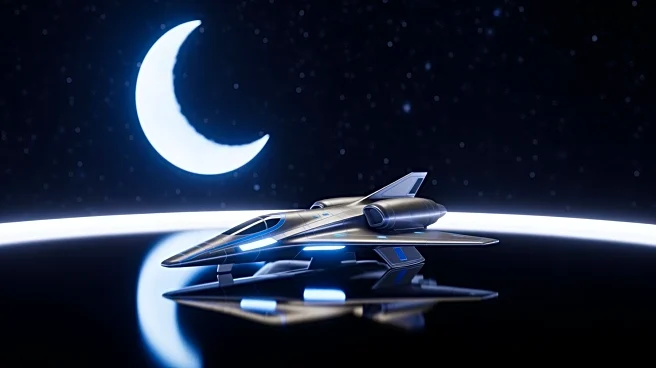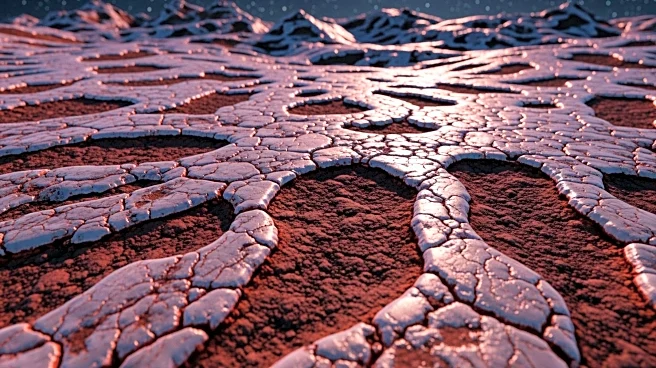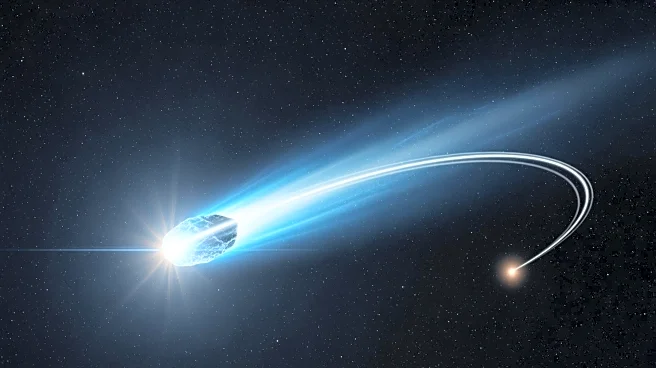What's Happening?
NASA's Curiosity rover is currently engaged in an intensive drilling campaign within the boxwork structures on Mars. The campaign involves drilling two targets: one in a hollow and another on an adjacent
ridge. The first target, 'Valle de la Luna,' located in a large hollow, was successfully drilled, and the rover has now moved to the ridge to drill the second target, 'Nevado Sajama.' The campaign has been in planning for two years, with the aim of understanding the geological formations in the area. The rover's team is using various instruments, including APXS and ChemCam, to analyze the bedrock and assess its suitability for drilling.
Why It's Important?
This drilling campaign is significant as it aims to provide insights into the geological history and environmental conditions of Mars. By analyzing the drilled samples, scientists hope to understand the processes that shaped the Martian surface, particularly in the boxwork unit. The findings could offer clues about the presence of water and the planet's potential to support life. The campaign also demonstrates the capabilities of the Curiosity rover in conducting complex scientific operations on Mars, contributing to the broader goals of Mars exploration and the search for past life.
What's Next?
Following the successful drilling of the 'Nevado Sajama' target, the rover team will analyze the collected samples using onboard instruments like CheMin. The results will be compared with previous findings from the 'Valle de la Luna' target to gain a comprehensive understanding of the area's mineralogy. The ongoing analysis will help determine the composition and history of the boxwork unit, potentially revealing new information about Mars' geological past.











